THE HISTORY OF JAPANESE STREETWEAR
The streetwear is a style of mode which emerged in the 1980s in the United States and quickly became a global trend. In Japan, streetwear has become a culture in its own right and has a considerable influence on the country's fashion and popular culture. In this article, we will explore the Japanese streetwear and its impact on contemporary fashion, we will also examine the history and evolution of Japanese streetwear, iconic brands, style peculiarities, street culture and the future of Japanese streetwear. This article will help us better understand how fashion and popular culture are linked and how they evolve over time.
Japanese streetwear has become a global phenomenon, influencing trends fashion all over the world. In this context, it is important to understand the history and culture of Japanese streetwear to fully appreciate its impact on contemporary fashion.
JAPANESE STREETWEAR: A CONSTANTLY EVOLVING CULTURE
As indicated just before, the origin of Japanese streetwear dates back to the 80s, when young people in the country began to adopt clothing from American brands such as Nike, Adidas and Champion. However, over time, the Japanese created their own style streetwear unique, incorporating elements of their culture and way of life.
The Japanese streetwear brands the most iconic are numerous, but a few stand out because of their influence on global fashion. BAPE, founded by Nigo in 1993, is perhaps the most well-known Japanese streetwear brand, with its camouflage prints and collaborations with renowned brands. Supreme, originally from New York, has also seen great success in Japan, due to its collaborations with Japanese brands such as Comme des Garçons. Visvim is another renowned Japanese streetwear brand, known for its innovative designs and premium materials. If you would like more information, do not hesitate to see our article concerning the top 15 most popular Japanese streetwear brands.
Japanese streetwear is constantly evolving, with new brands emerging and creative collaborations with other brands and designers. This fashion culture has become an essential part of the Japanese fashion scene and continues to grow in popularity across the world. The japanese brands have become leaders in the mode streetwear, by offering a unique and innovative approach to urban fashion.

THE PARTICULARITIES OF JAPANESE STREETWEAR
Japanese streetwear is a unique style that stands out from other urban fashion cultures. It is often characterized by distinctive elements such as bold graphic prints, bright colors and coupes oversize. The japanese streetwear clothing can also include traditional Japanese patterns, such as sakura flowers or the dragon in order to add a cultural touch.
Japanese streetwear also differs from American streetwear in that it is often more focused on quality and detail, rather than quantity and mass effect. The Japanese tend to attach great importance to the quality of materials and the making of products. clothes, which often results in higher prices for items of mode streetwear. The Japanese streetwear sneakers are also highly appreciated for their manufacturing quality and unique style.
Another distinctive element of Japanese streetwear is the attention paid to accessories. Watches, sunglasses, bags and hats are often used to complement theensemble streetwear, creating a complete and well-coordinated look. Both men and women can wear streetwear ensembles, each with their own style and accessories.
In summary, Japanese streetwear is a unique and distinctive style that stands out from other street fashion cultures. It is often characterized by bold graphic elements, oversized cuts and great attention to detail and quality of materials. Accessories are also an important element of this style, allowing fans to create complete and well-coordinated ensembles.
STREET CULTURE IN JAPAN
Street culture in Japan is a key part of the influence of Japanese streetwear, in fact, the country has a long tradition of street fashion, with movements like the Harajuku and the Shibuya being notable examples of this culture. These neighborhoods are known for being the centers of street fashion and youth culture, where young people can come together to show off their style and individuality.
Japanese streetwear is closely linked to street culture in Japan, as it is often worn to express identity and belonging to a group of people with similar interests. Street fashion events such as Tokyo Fashion Week and the Harajuku Fashion Walk allow street fashion fans to come together and share their passion for Japanese streetwear.
Street culture is also fertile ground for young Japanese streetwear designers. Many brands are emerging from this street culture, creating unique designs that reflect the tastes and interests of Japanese youth. THE Japanese streetwear stores are often located in street fashion districts, providing streetwear fans with access to a wide selection of clothing and accessories.
In summary, street culture in Japan is a key element of the influence of Japanese streetwear. The Harajuku and Shibuya districts are centers of street fashion and youth culture, where street fashion fans can come together and share their passion for Japanese streetwear.

THE FUTURE OF JAPANESE STREETWEAR
Japanese streetwear continues to evolve and adapt to trends of contemporary fashion, while preserving its unique identity. Japanese streetwear brands continue to create designs innovative and integrate new technologies into their clothing, while retaining the distinctive elements of Japanese streetwear style.
Current trends in Japanese streetwear include a darker color palette and cleaner designs, as well as incorporating traditional Japanese motifs into clothing. Japanese streetwear brands are also looking to expand their audience by offering women's clothing collections and collaborations with international brands.
To conclude, throughout this article we discovered the influence of Japanese streetwear on fashion and street culture. We learned about the origin and evolution of this culture, the particularities of Japanese streetwear style and its connection with street culture. We also explored current and future trends in Japanese streetwear and the challenges that Japanese streetwear brands may face. In short, Japanese streetwear is a major cultural phenomenon which has established itself throughout the world, which continues to evolve and inspire contemporary fashion, and which is found more and more often in heart of men's outfits and women's outfits the most popular.
















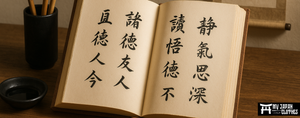


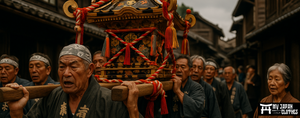







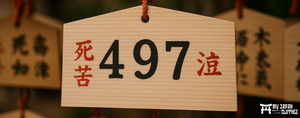
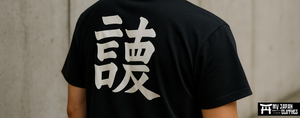
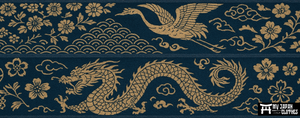
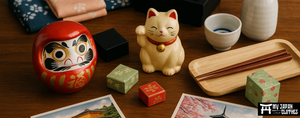
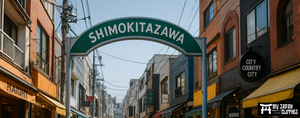



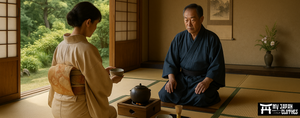
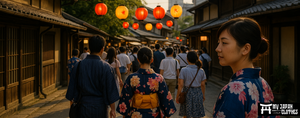
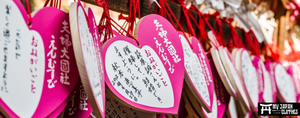



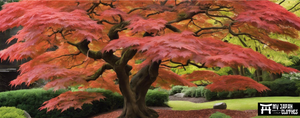
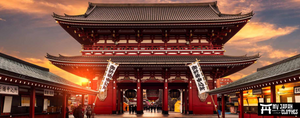
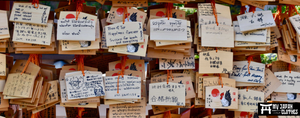
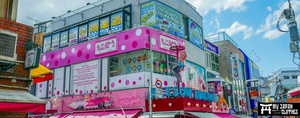
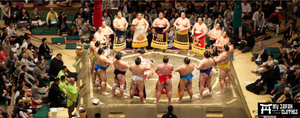





Leave a comment